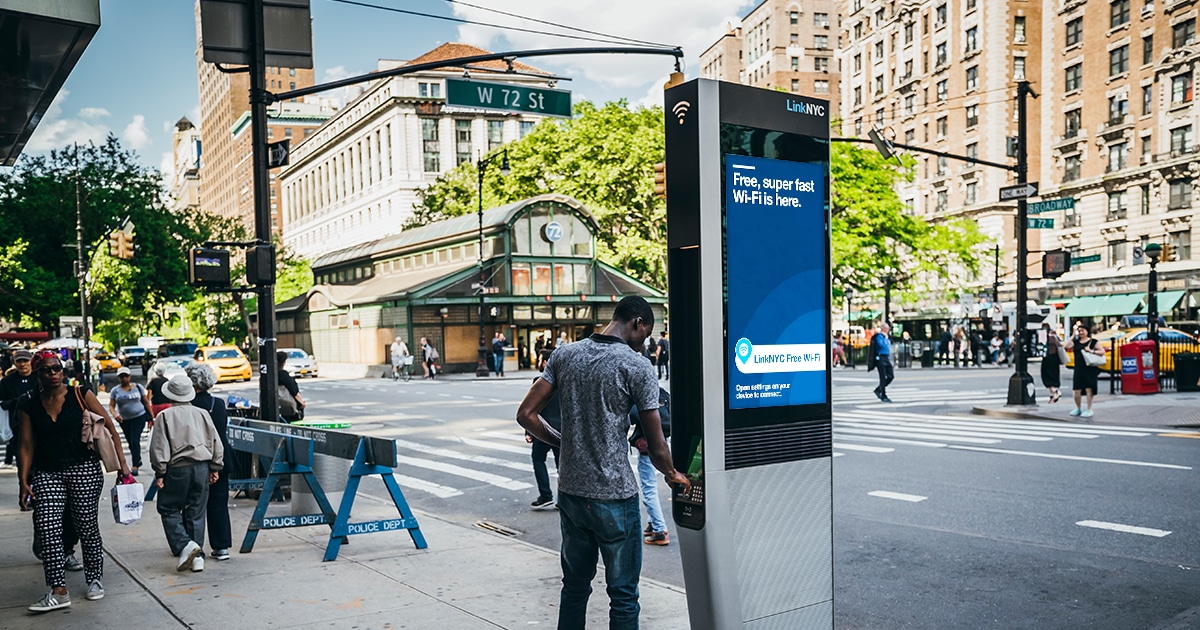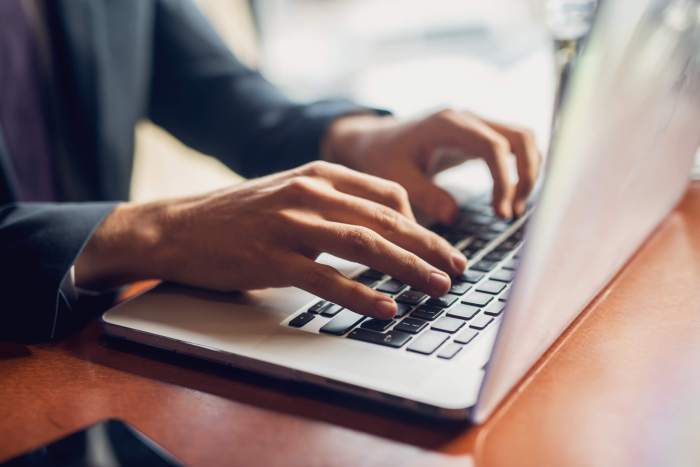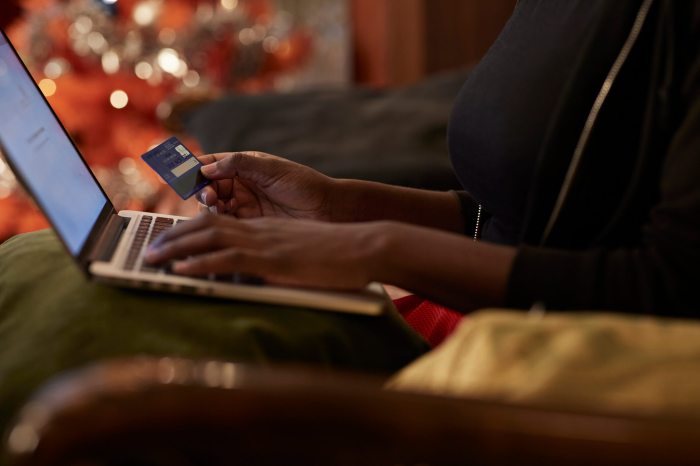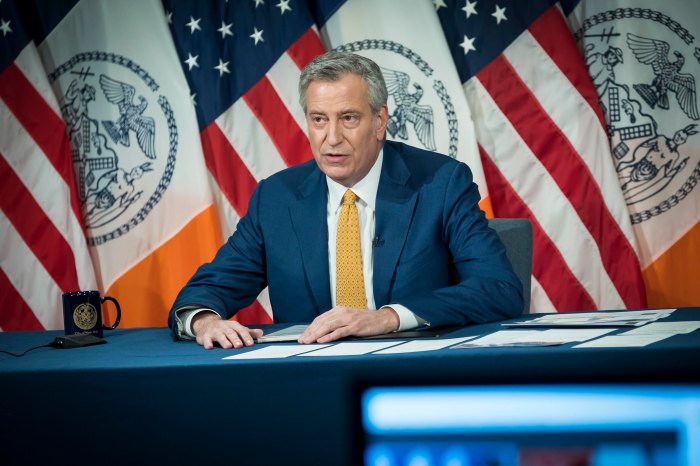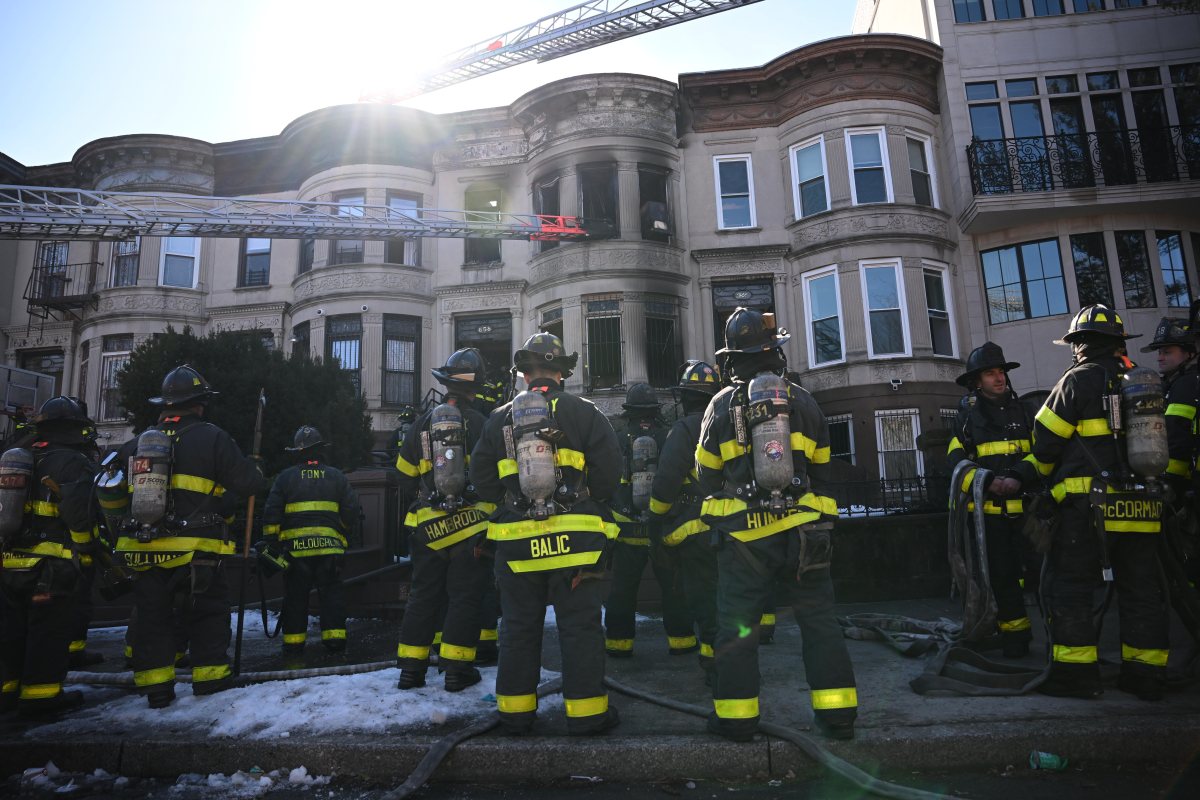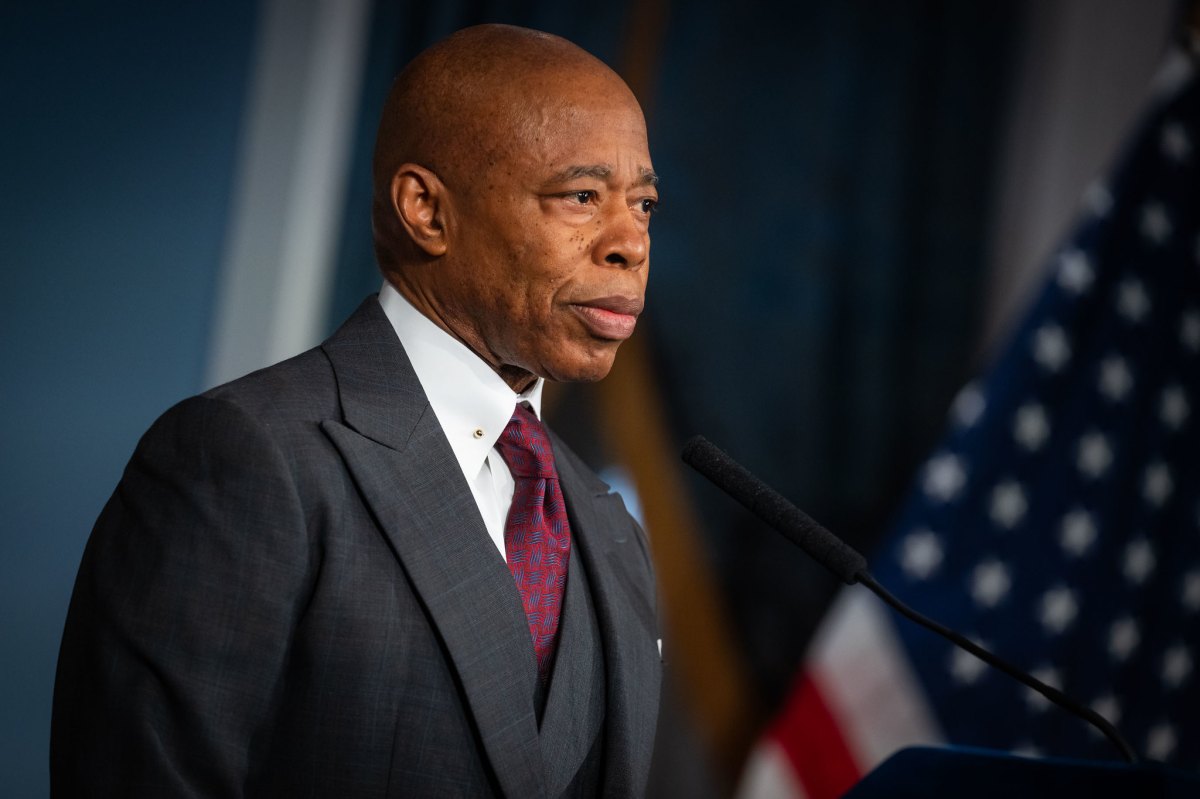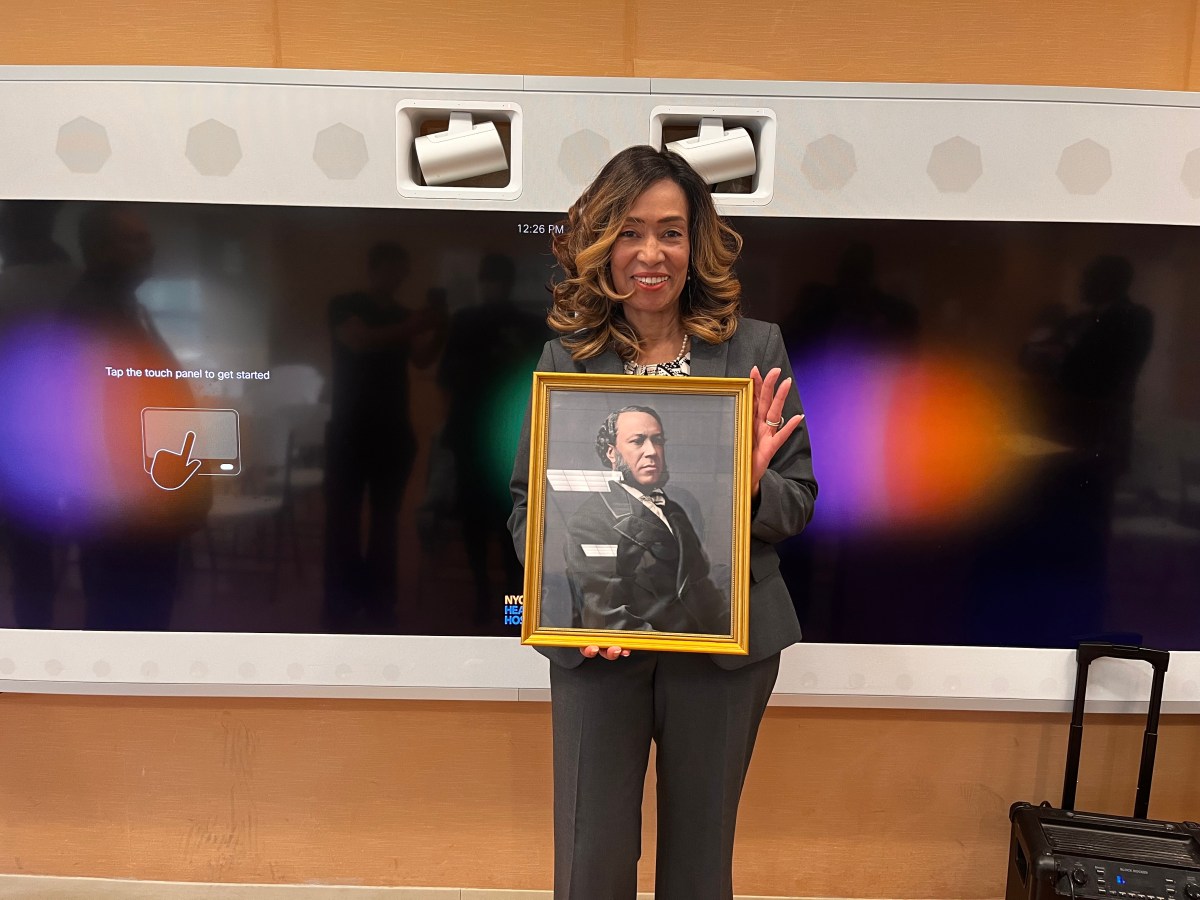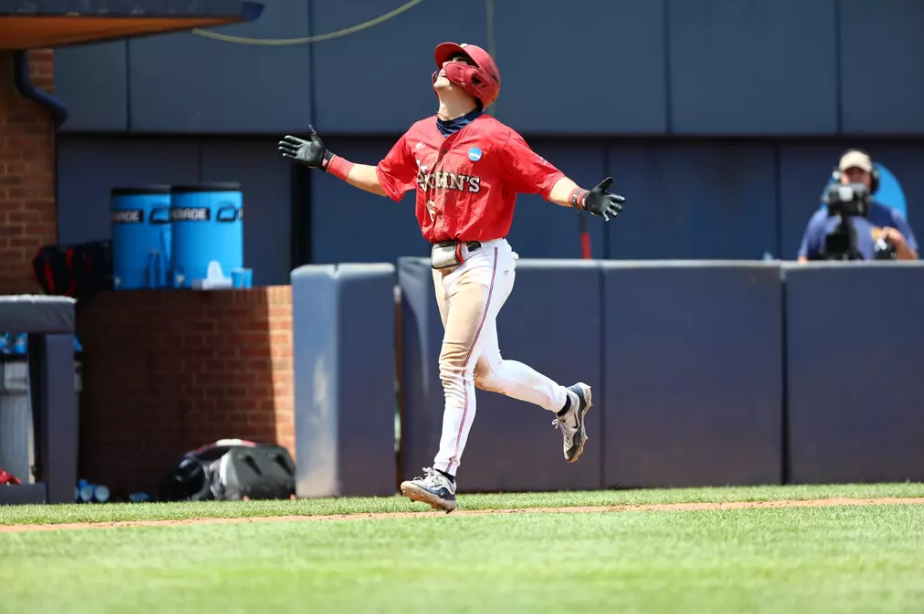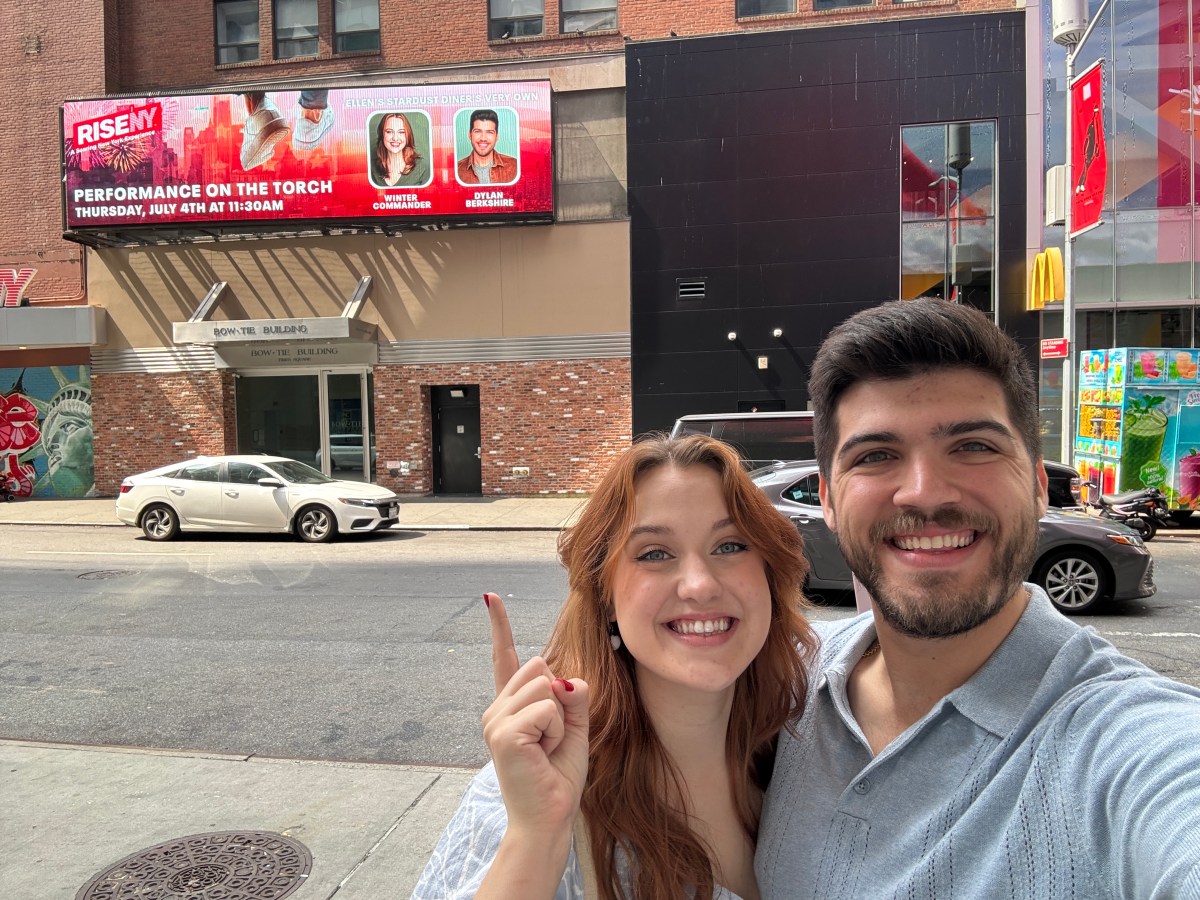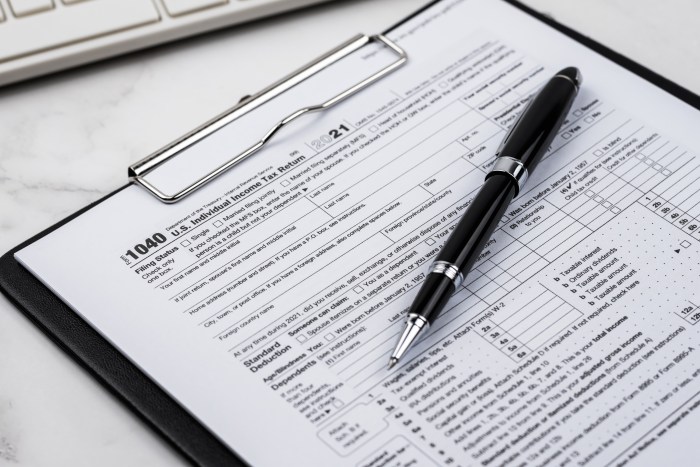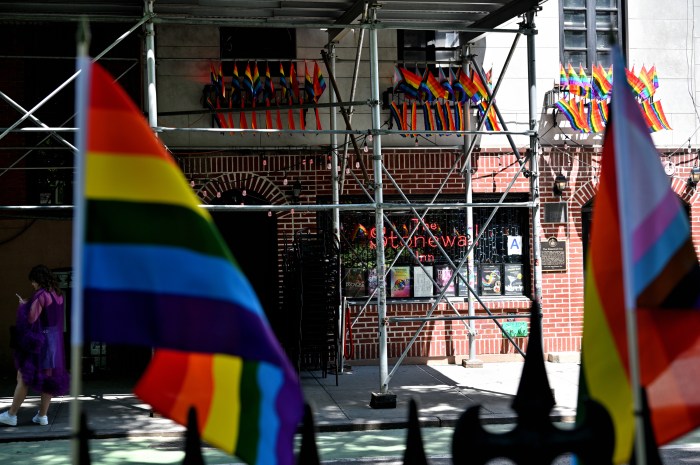While internet connectivity has become a necessary part of modern life, many New Yorkers still face serious hurdles to getting online — making free, public Wi-Fi an even more critical part of the city’s infrastructure.
Around 27% of Big Apple residents still lack subscriptions to home internet, according to the study conducted by LinkNYC, the company that provides free public internet via its sidewalk-based kiosks throughout the five boroughs.
According to the study, 69% of those who lack internet access at home rely on their cellular networks for internet at their places of residence — most commonly the 5G, 4G or LTE services typically delivered to their phones, and paid for monthly as part of their cell phone plan.
But many New Yorkers lack unlimited cellular data plans, leaving some residents unconnected entirely.
That presents a massive opportunity for ventures like LinkNYC, which could fill in any missing gaps of internet connectivity with free, public internet, according to the study.
“In 2023, dependable, high-speed broadband access is critical for work, education, healthcare, keeping in touch with loved ones, and accessing essential government services. This survey’s findings are nothing short of alarming in a world where digital connectivity is a fundamental human right,” said Nick Colvin, CEO of LinkNYC.
LinkNYC, was first launched in 2015, is most notable for its 9.5-foot-tall kiosks on New York City sidewalks that replaced payphones, and feature informational screen displays on either side, while providing free Wi-Fi, along with USB charging ports and built-in phones to make domestic calls.
The company also launched its Link5G poles in 2022, which stand 32-feet-tall, and offer both Wi-Fi and 5G service.
The venture generates money through advertising and sponsorships, with a commitment to remaining free-of-cost to New York City residents.
But, even as LinkNYC kiosks have been popping up in the city, only 42% of respondents to the recent survey were aware of the venture’s Link5G smart poles. When informed of the benefits of the Link5G poles, though, 76% of respondents say they support bringing them to their community.
The survey, which included answers from 1,617 New Yorkers between July 17 and July 23, found that support for the venture is highest among people of color, and people who reside in public housing.
And the commitment to servicing New Yorkers of color, as well as lower-income residents, is built directly into LinkNYC’s contract with the city — stipulating that 90% of new LinkNYC kiosks be placed in the outer boroughs, or above 96th Street in Manhattan.
Additionally, the city has selected various communities where LinkNYC must build a minimum number of Link5G kiosks, based on the number of residents in those communities who lack internet access — giving the city even greater control to maximize the economic and social justice benefits of the venture.
Notably, so as to not disturb the streetscape in an undue fashion, only one Link5G is allowed to be installed per block anywhere in the city.
“LinkNYC is working to ensure every New Yorker can access the high-speed broadband necessary to thrive in our increasingly online society,” said Colvin. “Nearly all New Yorkers rely on cellular networks to stay connected throughout their day, and most have experienced the frustration of poor data speeds and dropped calls. We must prioritize the upgrades of our city’s telecommunications infrastructure that are necessary to improve existing services and required for New York City to remain a leader on the global stage — both technologically and in ensuring equitable access for all of our neighbors.”



